Engineered Hardwood Flooring Installation
Fill in your details below - we'll reach out to schedule a free quote!
We will get back to you as soon as possible
Please try again later
Engineered Hardwood Flooring Installation Company
JD Flooring is a family-owned business with flooring contractors that have been installing engineered hardwood floors for years.
We serve residential, industrial and commercial clients. We take pride in our workmanship and only use the highest quality products available.
Our installation crews are highly trained and experienced, and we stand behind our work with a 100% satisfaction guarantee.
We understand that choosing the right flooring for your home or business is an important decision, and we are here to help you every step of the way.
When you call JD Flooring, you can be confident that you are working with the best in the business.
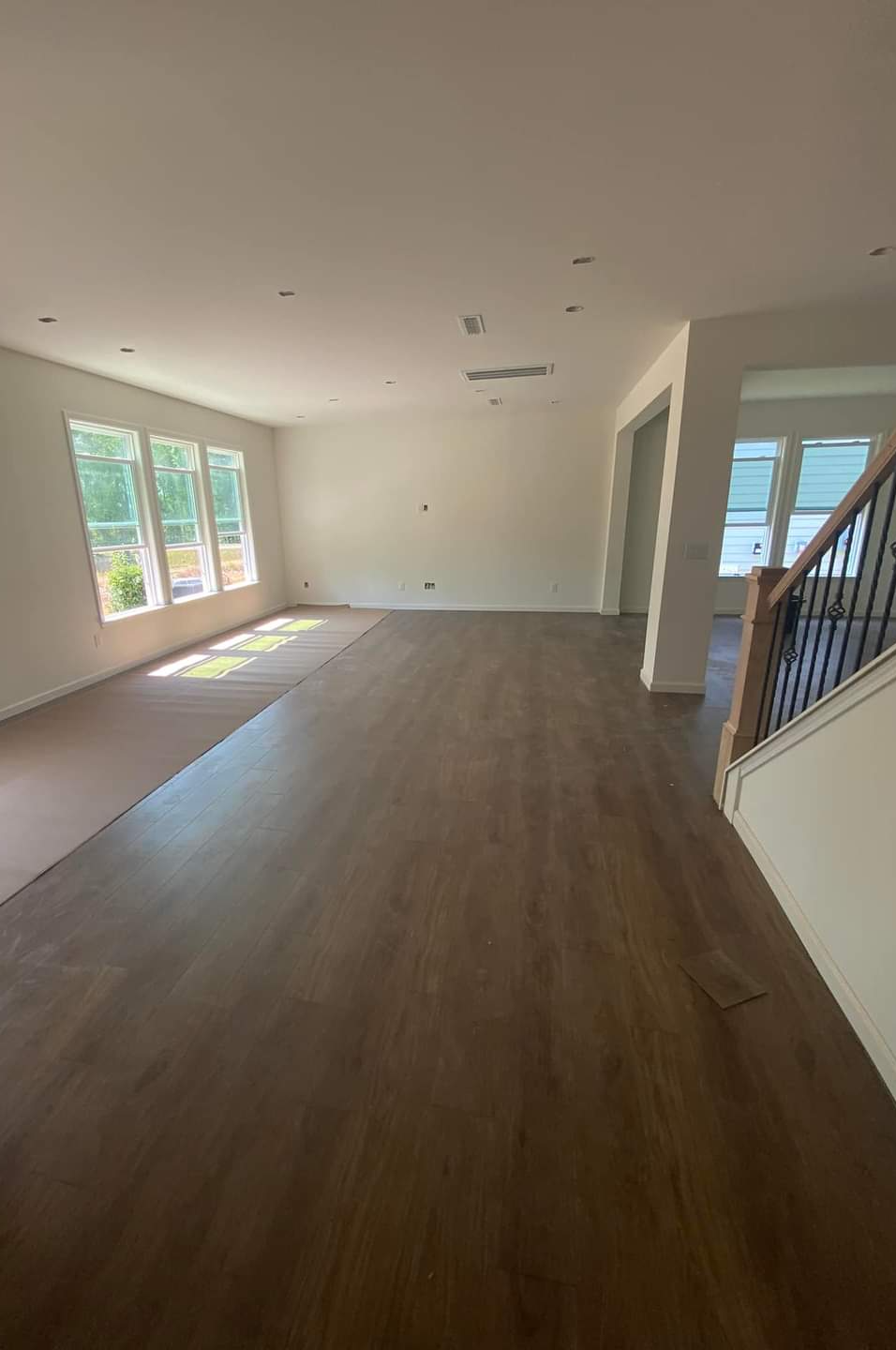
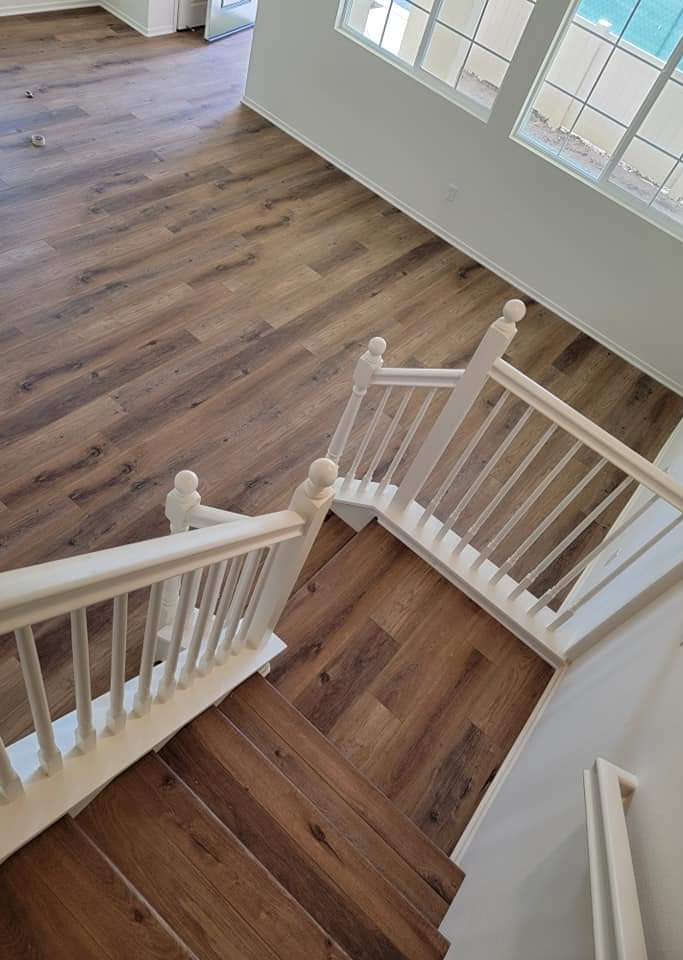
Engineered Hardwood Flooring Installation Contractors
At JD Flooring, our team of experienced flooring contractors is here to help.
We specialize in the installation of engineered hardwood floors, and we have worked with a wide range of products in the past.
We understand that each project is unique, and we will take the time to discuss your specific needs and requirements before starting work.
To learn more about our products and services, contact us today.
We'll be happy to answer any of your questions and help you find the perfect floor for your home.
Local Engineered Hardwood Flooring Installation
JD Flooring is a local flooring installation company with many years of experience.
We’ve installed all types of flooring, from simple carpet jobs to complex tile patterns.
No matter what type of flooring you’re looking for, we can help you find the perfect option for your home or business.
And because we’re a local company, we offer personal service that you won’t find at a big box store.
So if you’re looking for new flooring, give us a call.
We’d be happy to help you find the perfect option for your space.
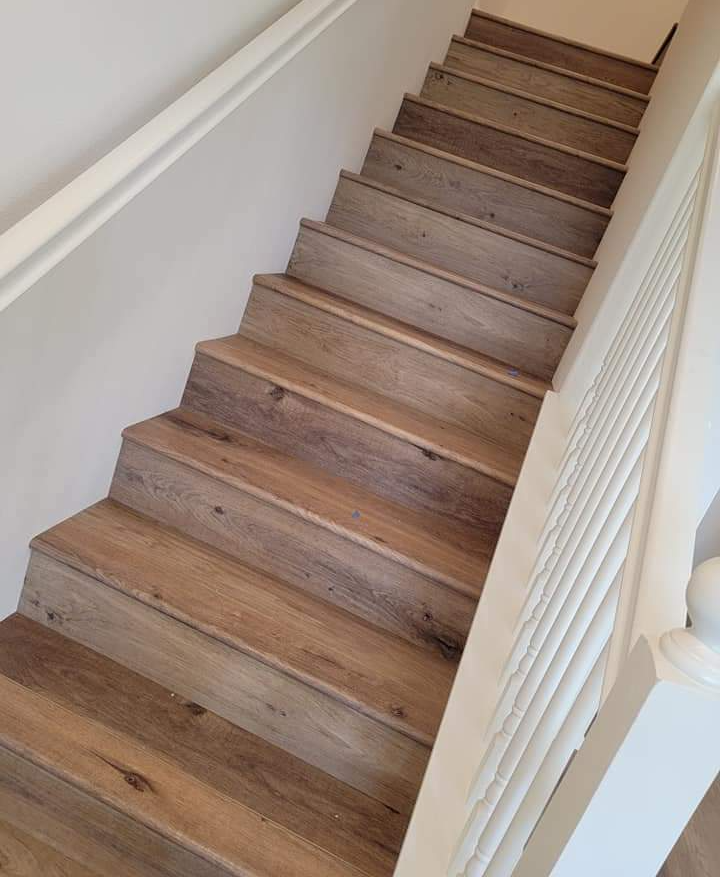
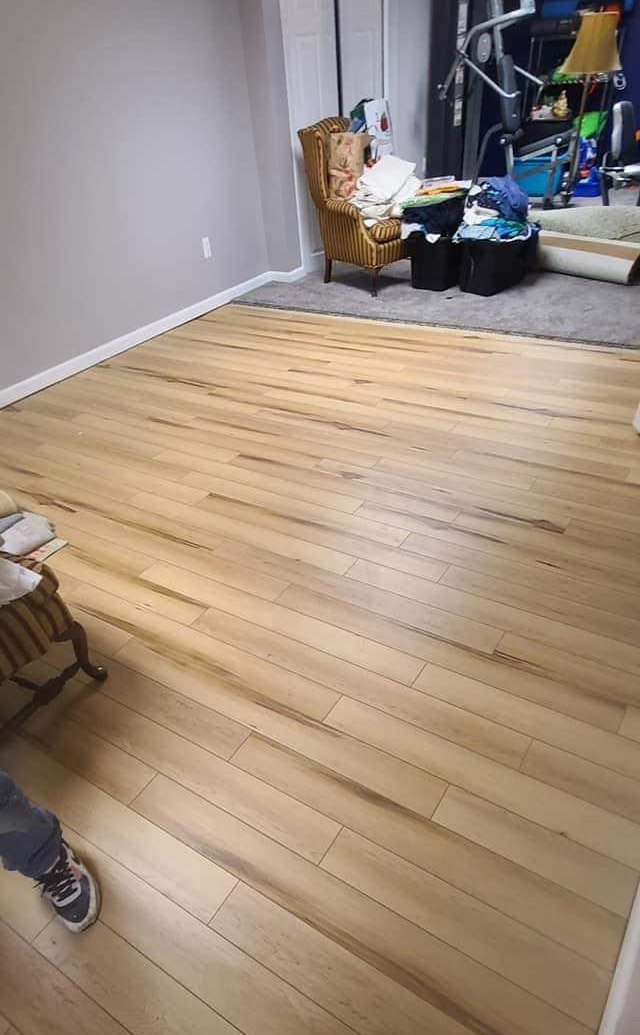
What is Engineered Hardwood Flooring?
Engineered hardwood flooring is a type of wood flooring that consists of multiple layers of wood. The top layer is made of hardwood, while the bottom layer is made of plywood or particle board.
In between these two layers is a stabilizing layer of either adhesive or cross-laminated veneer.
Engineered hardwood floors are available in a wide range of colors and finishes, making them a popular choice for both home and business owners.
One of the main benefits of engineered hardwood flooring is that it is more stable than solid hardwood, meaning that it is less likely to warp or cup over time.
Additionally, engineered hardwood can be installed over concrete subfloors and radiant heating systems, making it a versatile flooring option.
If you're looking for a beautiful and durable flooring option, engineered hardwood may be the right choice for you.
Engineered Hardwood Flooring Installation Process
Engineered hardwood installation begins with an on-site consultation. During this meeting, we will take measurements of your space and discuss your flooring options.
We will also review the installation process with you and answer any questions you may have. The rest of our process goes as follows:
Choose Your Flooring Product
The first step in engineered hardwood flooring installation is choosing your flooring product.
There are a few different installation types for engineered wood. The three most common are nailed-down, stapled-down, and floating floors.
Nailed-down floors are the traditional method of installation. The boards are nailed to the subfloor with a pneumatic nailer.
Stapled-down floors are similar to nailed-down, but the boards are attached with staples instead of nails.
Floating floors are not attached to the subfloor, but rather "float" on top of it.
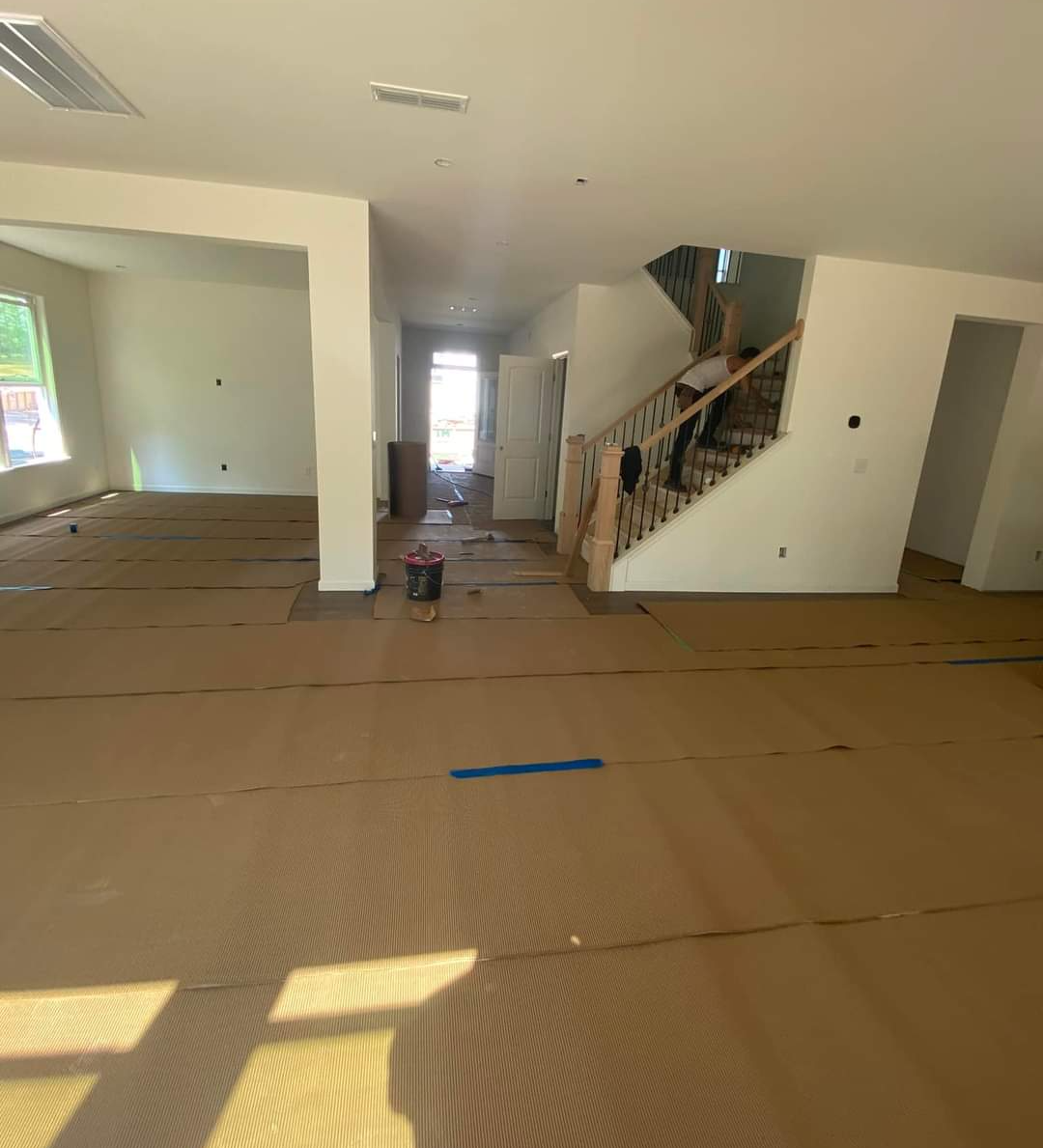
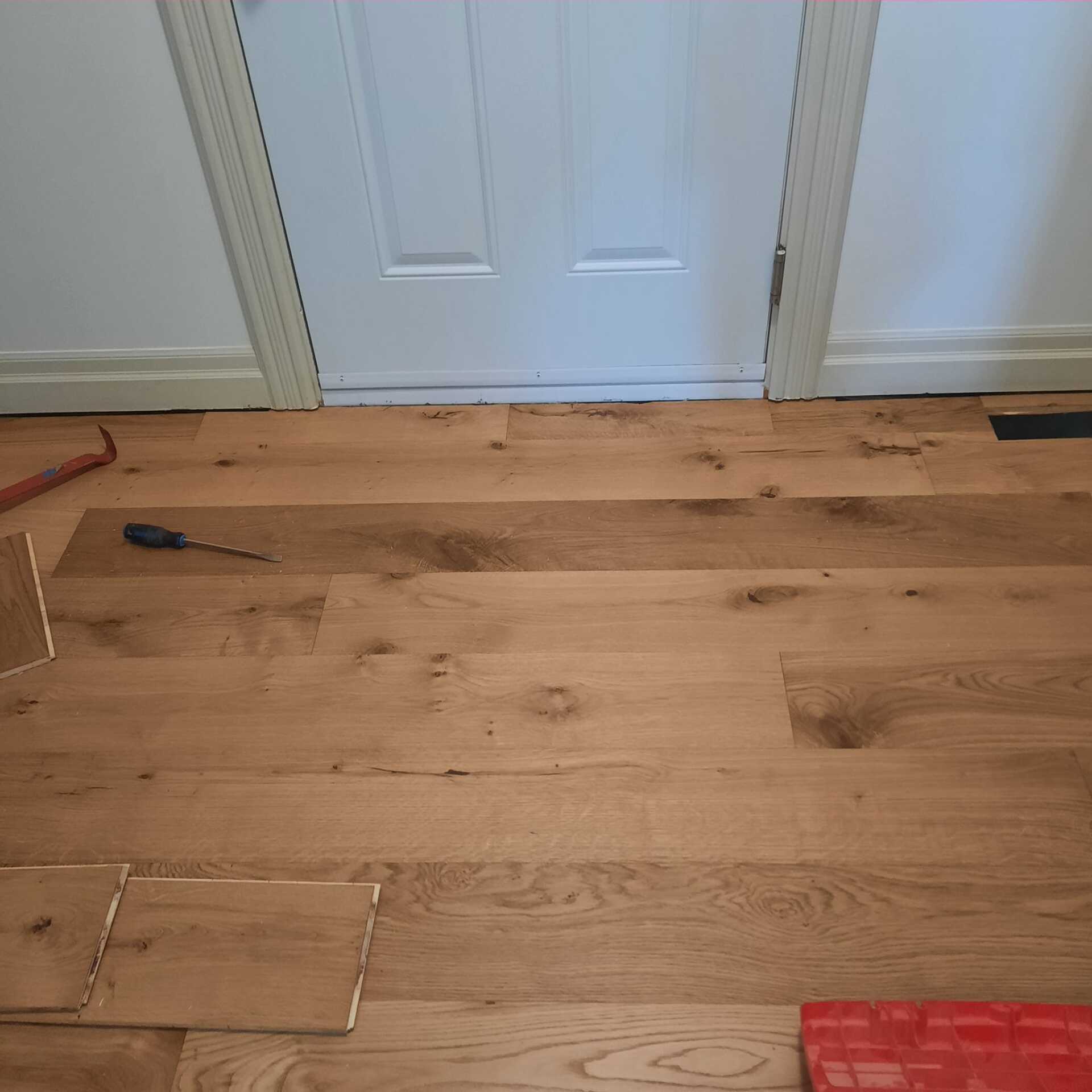
Take Precise Measurements
The second step in engineered hardwood flooring installation is to take precise measurements of the space that's being installed.
This is important because you need to know how much flooring you will need to purchase.
You also need to take into account the expansion gaps that will be required around the perimeter of the room.
Once we have the measurements, we can then calculate the amount of flooring needed and purchase the necessary materials.
Prepare the Subfloor
The third step in engineered hardwood flooring installation is to prepare the subfloor.
In most cases, this means levelling the surface and ensuring that it is free of dust, debris and other potential hazards.
Doing this will help to create a smooth, level surface for your new floor.
Failure to do this step properly can result in a subfloor that is uneven and unstable, which can lead to problems with your new floor.
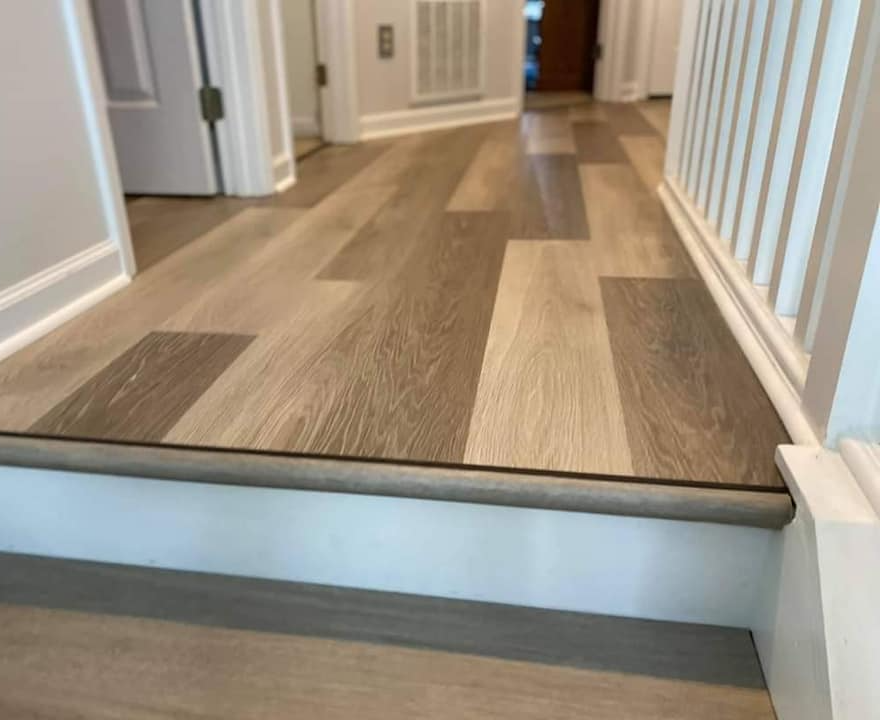
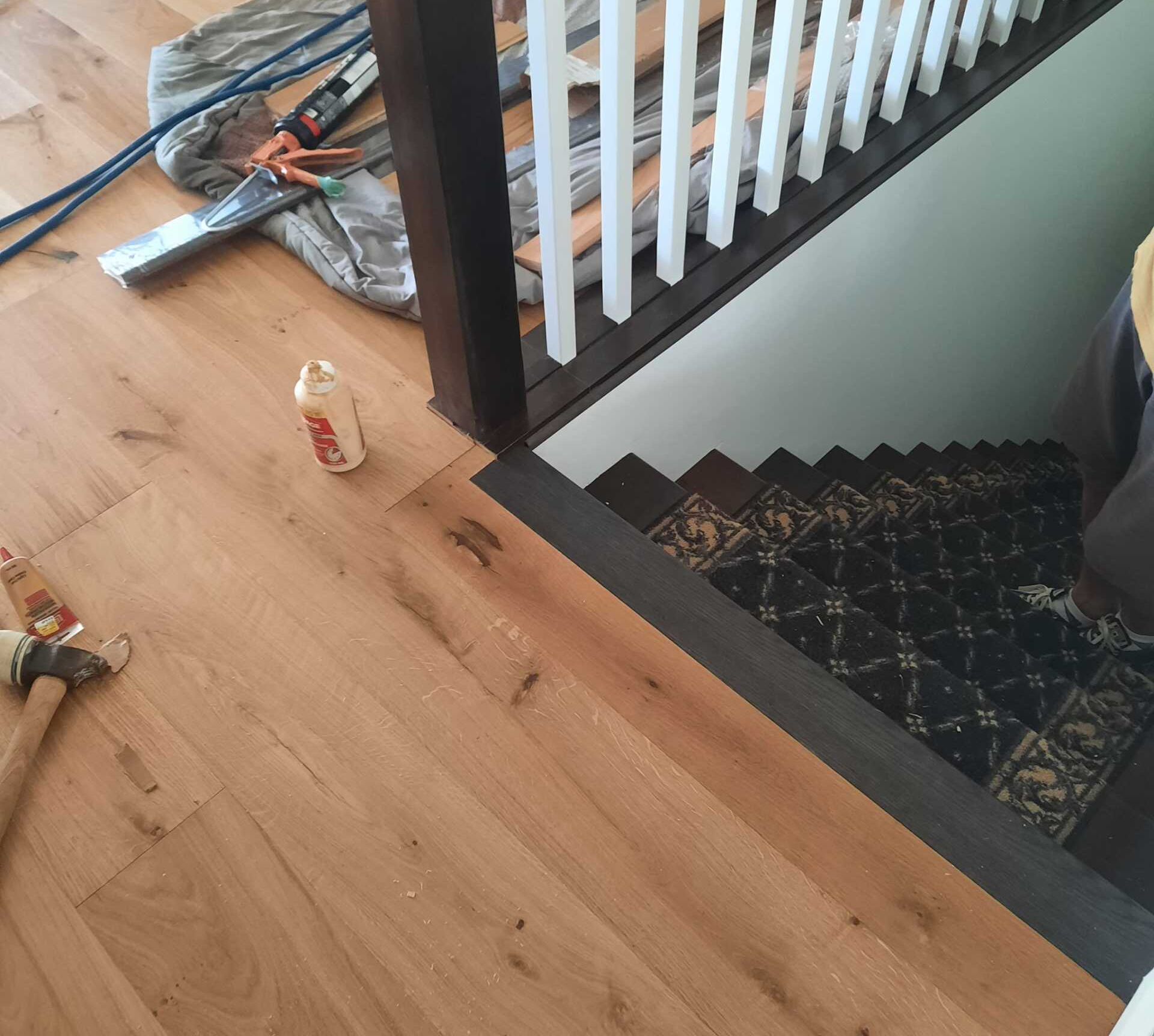
Install an Underlayment
The fourth step in engineered hardwood flooring installation is to install an underlayment, if one is needed.
An underlayment is a thin layer of material that is placed between the subfloor and the flooring.
It provides a smooth surface for the flooring and helps to reduce noise and impact.
Not all floors require an underlayment, but in some cases, it is necessary.
Cut the Planks
The fifth step in engineered hardwood flooring installation is to cut the planks to size.
This is done using a saw, and the boards are cut to fit the specific dimensions of your space. Once they have been cut, they can then be installed.
The right way to cut engineered hardwood includes making sure the right saw blade is being used as well as taking care not to damage the tongue or groove of the boards.
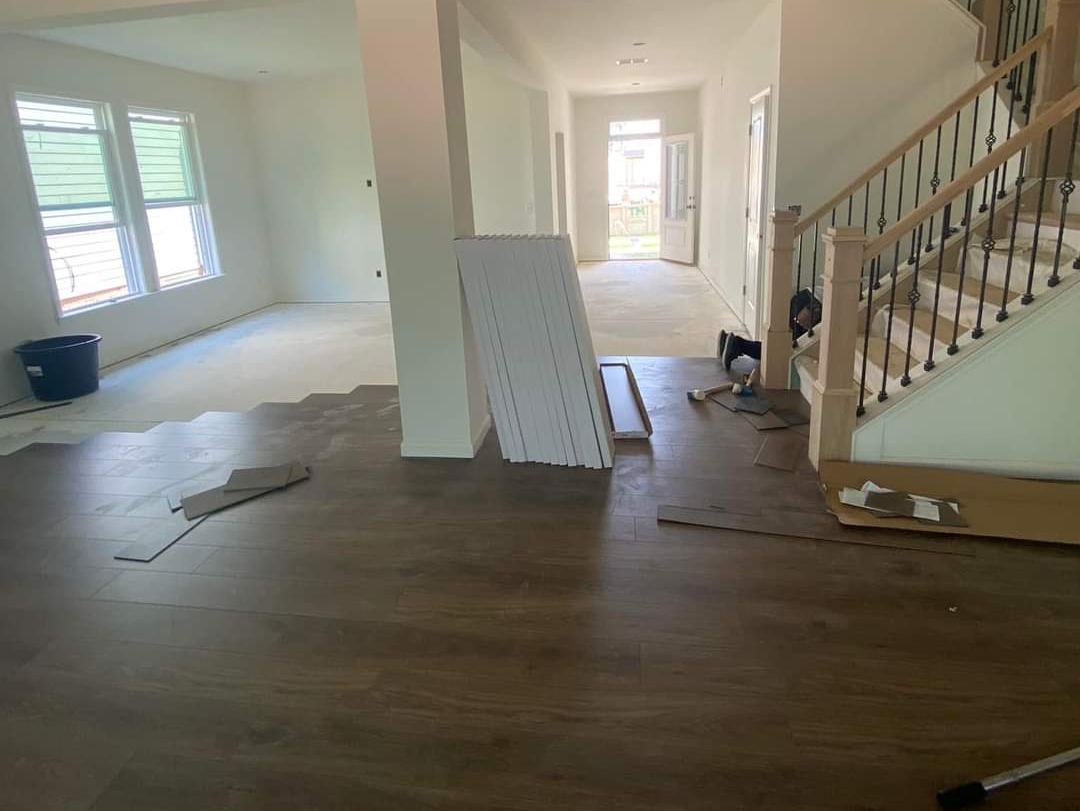
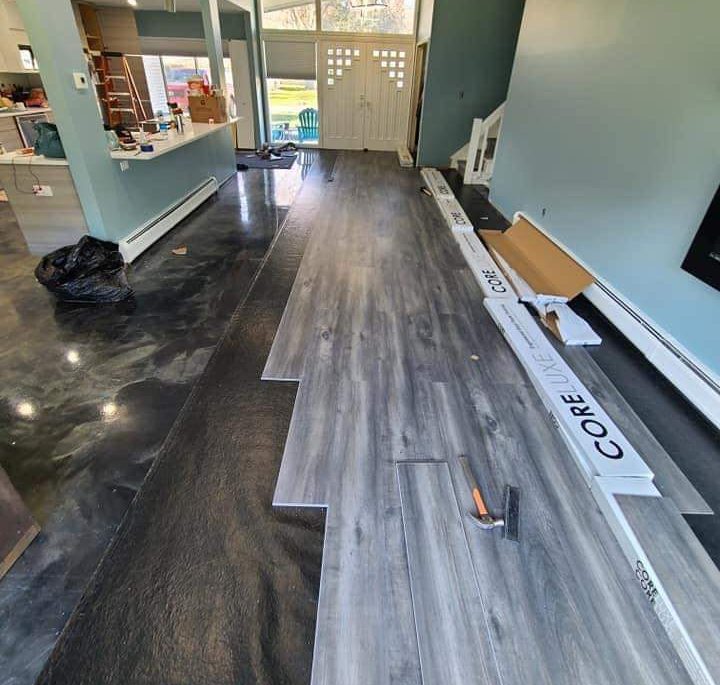
Install the Engineered Hardwood
The sixth step in engineered hardwood flooring installation is to install the actual flooring.
This is done by placing the boards into position and either nailing, stapling, or gluing them down.
Once they are in place, the expansion gaps can be filled and the flooring can be trimmed to size.
We are careful to install the flooring according to the manufacturer's instructions to ensure that it is installed correctly.
Finishing Touches
The seventh and final step in engineered hardwood flooring installation is to add the finishing touches.
This includes adding baseboards, quarter round, or other trim.
We can also install stair treads and risers to match your new floor. Once the trim is in place, your new floor is complete!
We'll clean up any mess we made in the installation process and you'll be left with a beautiful new floor.
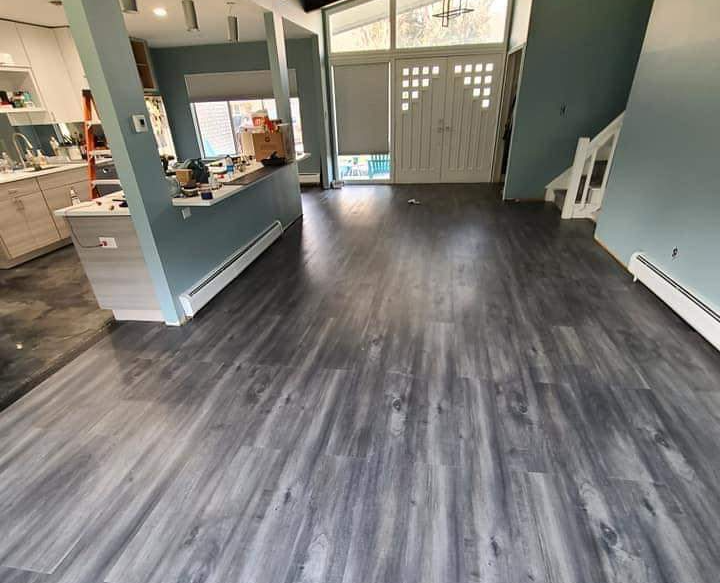
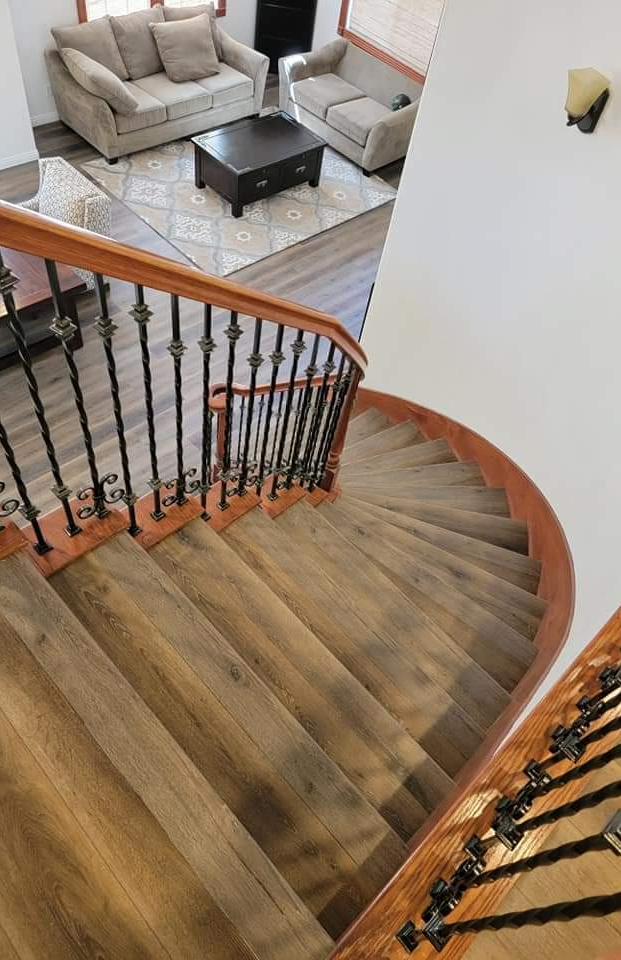
Benefits of Engineered Hardwood Flooring
Engineered hardwood flooring is a popular choice for many homeowners due to its durability and aesthetic appeal. Unlike solid hardwood, engineered hardwood is composed of multiple layers of wood veneer with a layer of hardwood on top.
This construction makes engineered hardwood more resistant to changes in temperature and humidity, meaning it will not warp or cup over time. In addition, engineered hardwood can be installed over a variety of subfloors, including concrete and radiant heating systems.
Engineered hardwood also offers the same visual appeal as solid hardwood, with a wide variety of wood species and finishes available. However, unlike solid hardwood, engineered hardwood can be sanded and refinished multiple times, making it a more sustainable product.
For these reasons, engineered hardwood is an excellent choice for homeowners looking for a durable and stylish flooring option.
How to Maintain Engineered Hardwood Flooring
Like all flooring, engineered hardwood floors require some care and maintenance to keep them looking their best. Here are a few tips for maintaining your engineered hardwood floors:
- Sweep or vacuum regularly to remove dirt and dust. Don't use a beater bar on your vacuum, as this can damage the finish.
- Wipe up spills immediately with a soft, damp cloth.
- Place mats at all entrances to your home to help reduce the amount of dirt and grit tracked onto your floors.
- Use furniture pads under chairs and tables to prevent scratching.
- Have your floors professional cleaned once a year.
By following these simple tips, you can help keep your engineered hardwood floors looking like new for years to come.
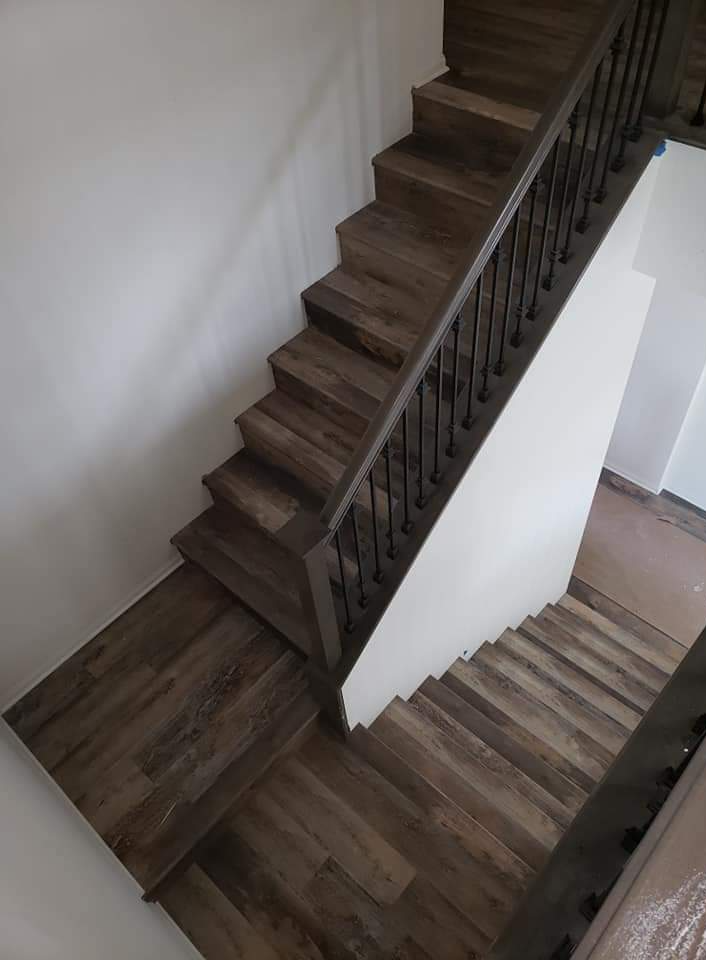
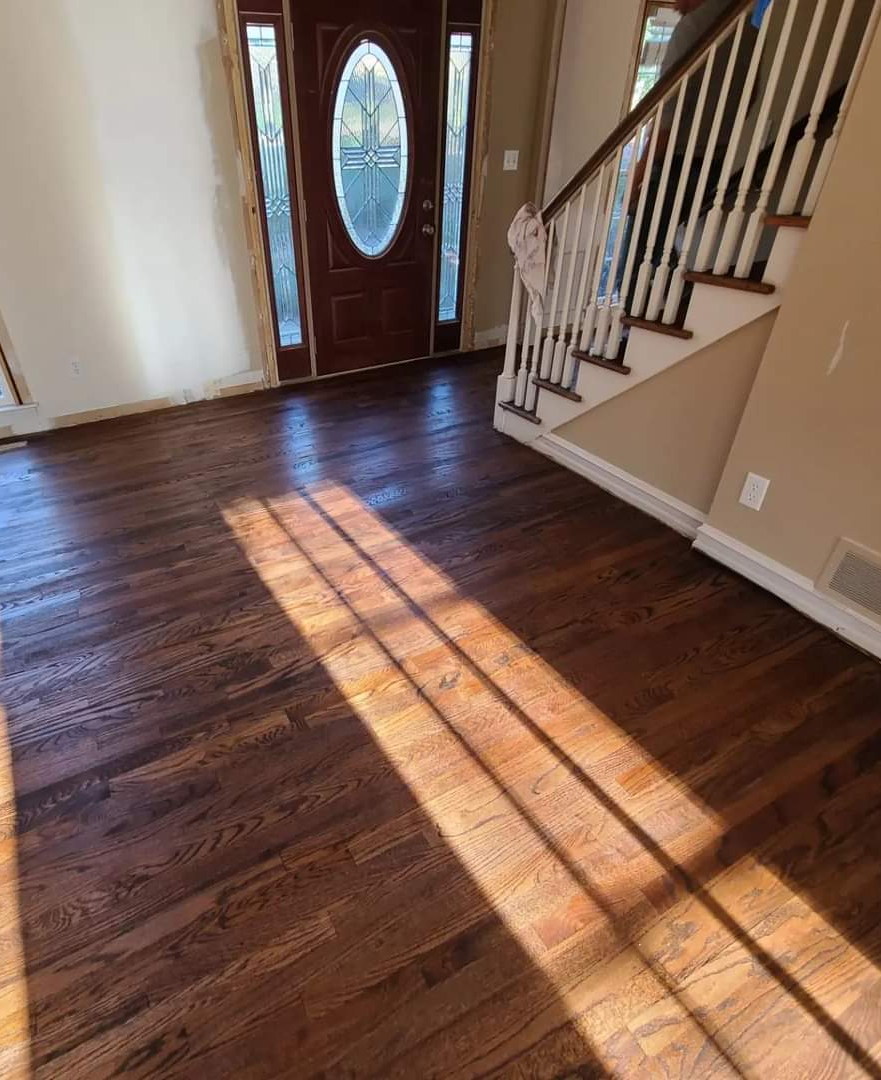
How Much Does Engineered Hardwood Flooring Installation Cost?
Engineered wood flooring is a popular and attractive alternative to solid hardwood.
While it typically costs less than solid hardwood, there are a number of factors that can affect the price of engineered wood flooring installation.
The type of engineered wood, the complexity of the install, and the size of the project are all important considerations.
Additionally, the cost of labor will vary depending on the region.For larger projects or more complex installations, the cost can be significantly higher.
Engineered Hardwood Flooring Installation FAQs
What do you put under engineered hardwood?
There are a few factors to consider when selecting an underlayment for engineered hardwood, including thickness, density, and sound absorption. Thickness is important because it will determine how much of the subfloor is exposed.
A thicker underlayment will also provide more cushioning, which can be important if you are installing the flooring over concrete.
Density is another important factor to consider, as a denser underlayment will help to reduce noise and prevent movement.
Lastly, sound absorption is an important consideration if you want to create a quieter living space.
What happens if you don't install underlayment?
Without underlayment, your floors will be more susceptible to damage from impact, scratches, and moisture. While laminate and luxury vinyl flooring are durable, they can be scratched or chipped if something heavy is dropped on them.
Underlayment acts as a buffer between your flooring and the subfloor, absorbing impact and protecting against damage. In addition, underlayment helps to prevent moisture from seeping through your flooring and damaging the subfloor.
Without underlayment, you may also notice that your floors feel less cushioned and comfortable underfoot.
What underlay do I need for engineered hardwood floors?
There are three main types of underlay: foam, cork, and-plywood. Foam underlay is the cheapest option and provides basic sound and temperature insulation.
Cork underlay is more expensive but offers better soundproofing and is also anti-static. Plywood underlay is the most expensive option but provides the best stability for your floors.
When choosing an underlay, you should also consider the thickness of your floors and the climate in your home.
In general, thicker floors will require thicker underlay, and homes in colder climates will benefit from an underlay with good insulating properties.
Is it better to glue down or float engineered wood floors?
Each method has its own advantages and disadvantages that you should consider before making a decision. Gluedown installation is more permanent and creates a stronger bond between the floor and subfloor.
This can be beneficial if you live in an area with high humidity levels, as it helps to prevent the floor from buckling or warping. However, gluedown installation is also more difficult and time-consuming.
Floating installation, on the other hand, is much easier and can be done by DIYers with little experience. It is also lesslikely to cause damage to the subfloor.
However, floating floors are not as stable as gluedown floors, and they may need to be replaced more often.
Ultimately, the best choice for you will depend on your specific needs and preferences.
How do you cut engineered hardwood?
When cutting engineered hardwood, you will need to use a saw with a fine-toothed blade to avoid chipping the veneer.
You will also need to take care not to overcut the boards, as this can cause the ends to warp.
With a little care and attention, cutting engineered hardwood flooring can be a straightforward process.
How long do engineered hardwood floors last?
The answer depends on a few factors, including the quality of the materials used and the level of traffic in the home.
In general, however, engineered hardwood floors can last for decades with proper care. With high-quality materials and minimal traffic, some floors have been known to last over 100 years.
Of course, engineered hardwood floors will eventually show signs of wear and tear, but they can be refinished multiple times to extend their lifespan.
With proper care, engineered hardwood floors can provide beauty and durability for many years to come.
How does engineered wood stack up against other types of flooring?
One of the main advantages of engineered wood is that it is more stable than solid wood, meaning that it is less likely to warp or crack.
Engineered wood is also easier to install than solid wood, and it can be used with underfloor heating.
On the downside, engineered wood can be more expensive than solid wood, and it may not be as durable.
Where can I install engineered hardwood?
Engineered hardwood can be installed over almost any type of subfloor, making it one of the most versatile flooring options on the market. However, there are a few things to keep in mind when installing engineered hardwood.
First, the subfloor must be clean and level. Any bumps or dips will need to be sanded down before installation.
Second, the room where you plan to install the flooring should be climate-controlled. Engineered hardwood is sensitive to changes in temperature and humidity, so it is important to maintain a consistent indoor environment.
Third, make sure to acclimate the engineered hardwood to your home before installation. This means allowing the flooring to adjust to the temperature and humidity of your home for at least 48 hours.
With these tips in mind, you will be able to install engineered hardwood in almost any space in your home.
Reach Out For a Free Quote
Send us a message using the form below, and we’ll get back to you as soon as we can.
We will get back to you as soon as possible
Please try again later
Copyright © 2015-2022 JD Flooring Installers | All rights reserved
Contractor Website by Curated Leads
